Hi there; I’m Guillaume Paumier.[1] I am a Strategic Chief of Staff with a knack for untangling tricky situations and solving complex non-obvious problems. I have fifteen years of experience in the tech and nonprofit sectors, ten of which partnering directly with CEOs and executives across Revenue, Product, and Technology. I offer a unique blend of strategic thinking, operational expertise, and relationship building.
I focus on getting leaders and siloed teams unstuck, aligned, and moving forward. I partner with executives in mission-driven organizations experiencing challenges due to growth, unclear direction, or misaligned accountability, and who are ready to address those roadblocks with humility, openness, and determination. I served most recently as a Chief of Staff at the Wikimedia Foundation, the nonprofit organization that supports Wikipedia.
I am currently open to opportunities and accepting new clients; contact me today to discuss your needs, or read on to learn more about me.
How I think
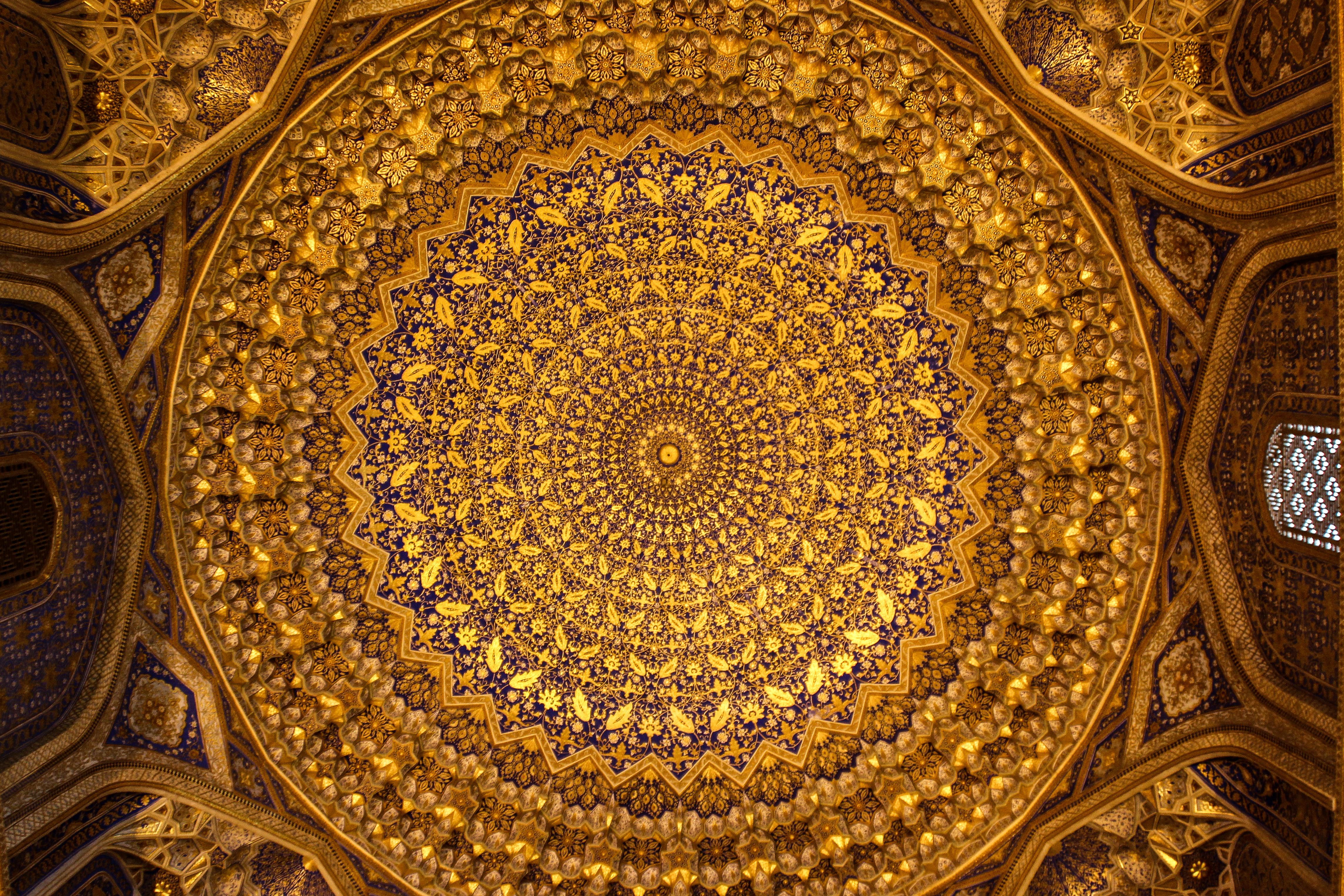
I value meta-cognition and emotional self-awareness, because understanding one’s own thought patterns is necessary to properly solve problems and make sense of the world we experience. Here’s what I’ve learned about how my brain works.
Integrating information
I have the ability to absorb massive amounts of information on almost any topic, and quickly understand new paradigms.[2] Although a physics engineer by training, I have held many different roles over the years, earning from my colleagues nicknames such as the “staff economist,” “staff philosopher,” and “the soul of the organization.”
Not unlike the title character Jarod in the 1996 NBC series The Pretender, except not quite as extraordinary, and sans the abduction-escape-and-chase by a nefarious Delaware-based organization.
I communicate from a place of curiosity: I ask lots of questions to learn more about a problem, deconstruct it, and identify underlying assumptions. I dig into the “why” a lot, and try to diligently revise my beliefs based on new information. When two opposite choices are unsatisfactory, I try to find a third one.[3] I am rarely attached to specific answers, but prefer instead to arrive at solutions with others using the Socratic method.
This process comes naturally to me, but Roger Martin and Jennifer Riel refer to it as “integrative thinking” in their 2017 book, Creating Great Choices: A Leader’s Guide to Integrative Thinking (Harvard Business Review Press. ISBN 978-1633692961). Their work builds on Martin’s earlier book, The Opposable Mind, which focused on leaders who “can hold two opposing ideas in their minds at once, and then reach a synthesis that actually improves on each.” (Harvard Business Review Press, 2007. ISBN 978-1422118924).
Centering the human element
Very few problems are purely technical; solving a problem often means understanding the human emotions in the room, as well as cognitive biases, power dynamics, historical context, privilege, and structural inequity. My own journey of self-discovery has taught me how to better consider the variety of subjective human experiences. In particular, when solving problems, I believe it is essential to accept our human fallibility, acknowledge failures, and learn from them.
I recently explored how AI can support neurodivergent people, not just with productivity, but with emotional regulation, extended memory, and co-thinking. The essay also has birds, rubber ducks, and puppies. Continue reading ☞
I feel compelled to use my skills for the common good, and I have a particular affinity for mission-driven organizations that seek transformative social change. I find John Rawls’s “veil of ignorance” approach to be a useful basis for a theory of justice, particularly in the context of the climate crisis. I believe in building a fair, just, pluralistic society, and in dismantling systems of oppression.
The “veil of ignorance” approach (also called “original position”) formulated by Rawls invites us to make decisions about the basic structure of society from “behind the veil,” meaning as if you had no knowledge of the ethnicity, social status, gender, or other characteristics you will find yourself with in that society.
Seeing different perspectives
My favorite problems are those without an obvious solution, because they give me the opportunity to learn new things and challenge my world view. My interdisciplinary career has taught me to connect ideas across disciplines, a skill I have used to help people from different backgrounds understand each other and build trust.

Seeking multiple perspectives to get more hands onto that elephant. (Townspeople, Who have Never Seen an Elephant, Examine its Appearance in the Dark)
I have learned to be comfortable with ambiguity. I move easily between the system view and the details, between the past that has shaped where we are today and the future we may still mold. I particularly enjoy imagining different futures as a way to manage the unexpected and to make difficult choices.
I love to understand how systems work, recognize patterns, experiment, document, and distill knowledge from observational evidence. I strive to frame the issues I work on by situating the problem in its broader landscape, as a way to increase the quality of information available for decision-making.
Knowledge belongs to all of us
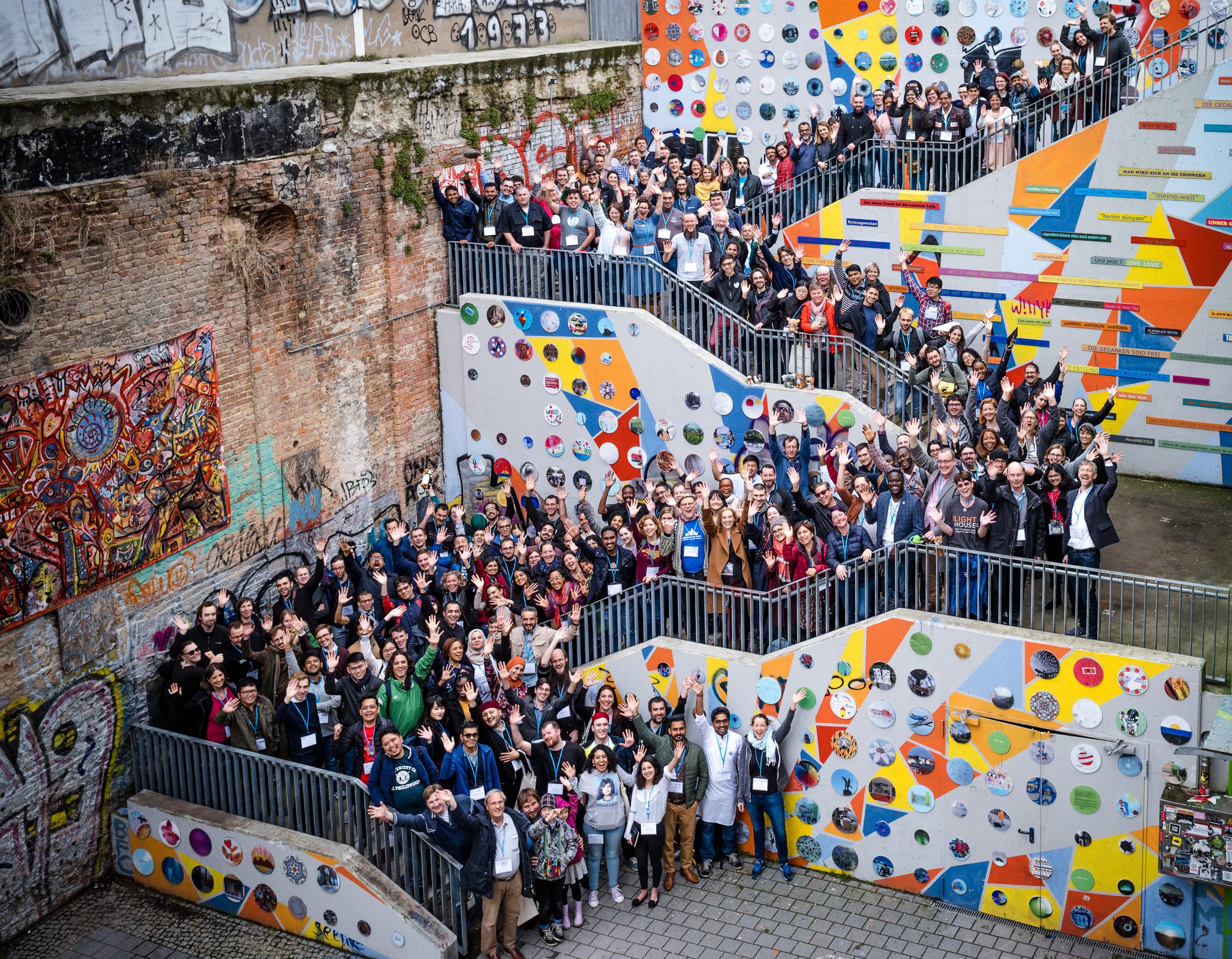
Jason Krüger for Wikimedia Deutschland e.V. // CC BY-SA 4.0.
I have been serving the Wikimedia community as a volunteer since 2005 in a variety of roles, and have devoted a large part of my professional career to advancing the Wikimedia mission. I do this out of a deep commitment to free knowledge for all, and a belief that knowledge makes the world a better place.
After making a few small corrections to Wikipedia articles in 2005, I became more and more involved in the encyclopedia and its universe, serving the movement in almost every possible volunteer capacity. What started with a single edit eventually led to writing books, immigrating to the United States, creating software, managing teams of volunteers, photographing heads of state & Hollywood celebrities, and learning more about copyright law than any human being ever should.
I joined the Wikimedia Foundation in 2009 and spent almost a decade working on the technical platform that powers Wikipedia. I notably designed and led the development of UploadWizard, the customizable file upload software for Wikimedia Commons. I also wrote technical reports and other publications to increase collaboration between the engineers who code the platform and the contributors who use the platform to write Wikipedia.
Svenja Kirsch & Anna Lena Schiller on Wikimedia Commons // CC By-SA 4.0.
Later on, I was a Lead Architect for “Wikimedia 2030,” guiding dozens of organizations and thousands of individuals through a global strategy and movement-building process. I led the synthesis of all inputs, conversations, and research, and I was the main author of the resulting Strategic Direction of “Knowledge Equity and Knowledge as a Service.”
My most recent work at the Wikimedia Foundation focused on long-term thinking, strategy, and initiatives for executives. I also played unofficial roles as a Wikimedia historian, mentor, and “ship’s counselor.”[4]
In the Star Trek universe, ship counselors, like Commander Deanna Troi in Star Trek: The Next Generation, are particularly empathetic individuals responsible for the mental well-being of the crew. They provide advice and emotional support, and help resolve disputes. (Read more on Memory Alpha, the Star Trek wiki.)
Science & Engineering
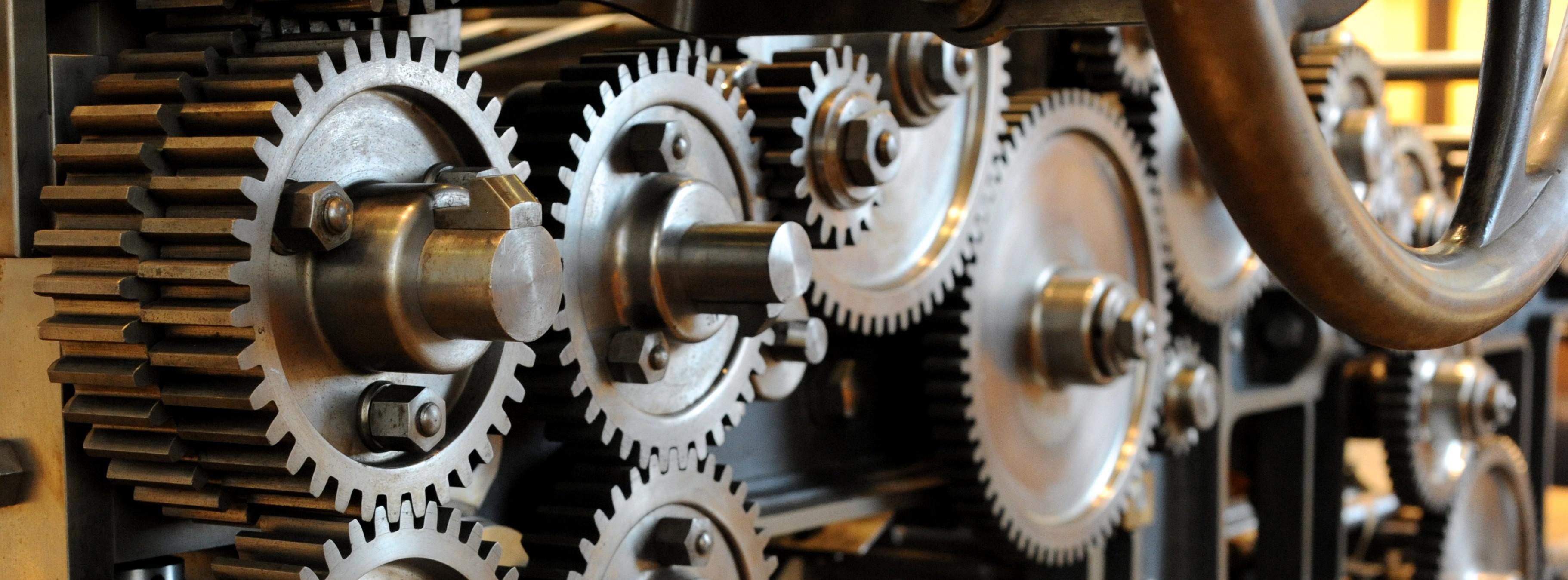
As an engineer and physicist by training, I have always been fascinated by how things work. Before joining Wikimedia, I worked at the crossroads of microelectronics, chemistry, and biology, and developed miniaturized systems such as antibody biochips and labs on a chip.
Way back when, I initially studied Mathematics and Computer Science before turning to Engineering Physics, graduating with a double major in Materials & Semiconductors and in Nanotechnology. I then specialized in interdisciplinary research & development, combining technologies & tools from microelectronics manufacturing in clean room environments, with methods and problems in chemistry & biology.
During my time at CEA-Léti, I developed chemical processes for biochips, and adapted a capillary-based immunoassay to a planar microarray. I also pioneered a vapor-phase silanization protocol for use in peptide digestion microsystems.

Fluorescence immunoassay with antibody mAb SP31 (rows 1 & 2) and control antibody Il2-73 (row 3), attached on a silane layer grafted through liquid-phase CEA-2 functionalization.
In 2008, I completed my Ph.D at LAAS-CNRS, where I worked on microfluidic devices for chemical & biological analysis. I developed technologies based on PNIPAM, a polymer whose properties change with temperature. I also explored applications in controlled electro-osmosis and sample preparation for nano-liquid chromatography, through on-demand adsorption and release of proteins.
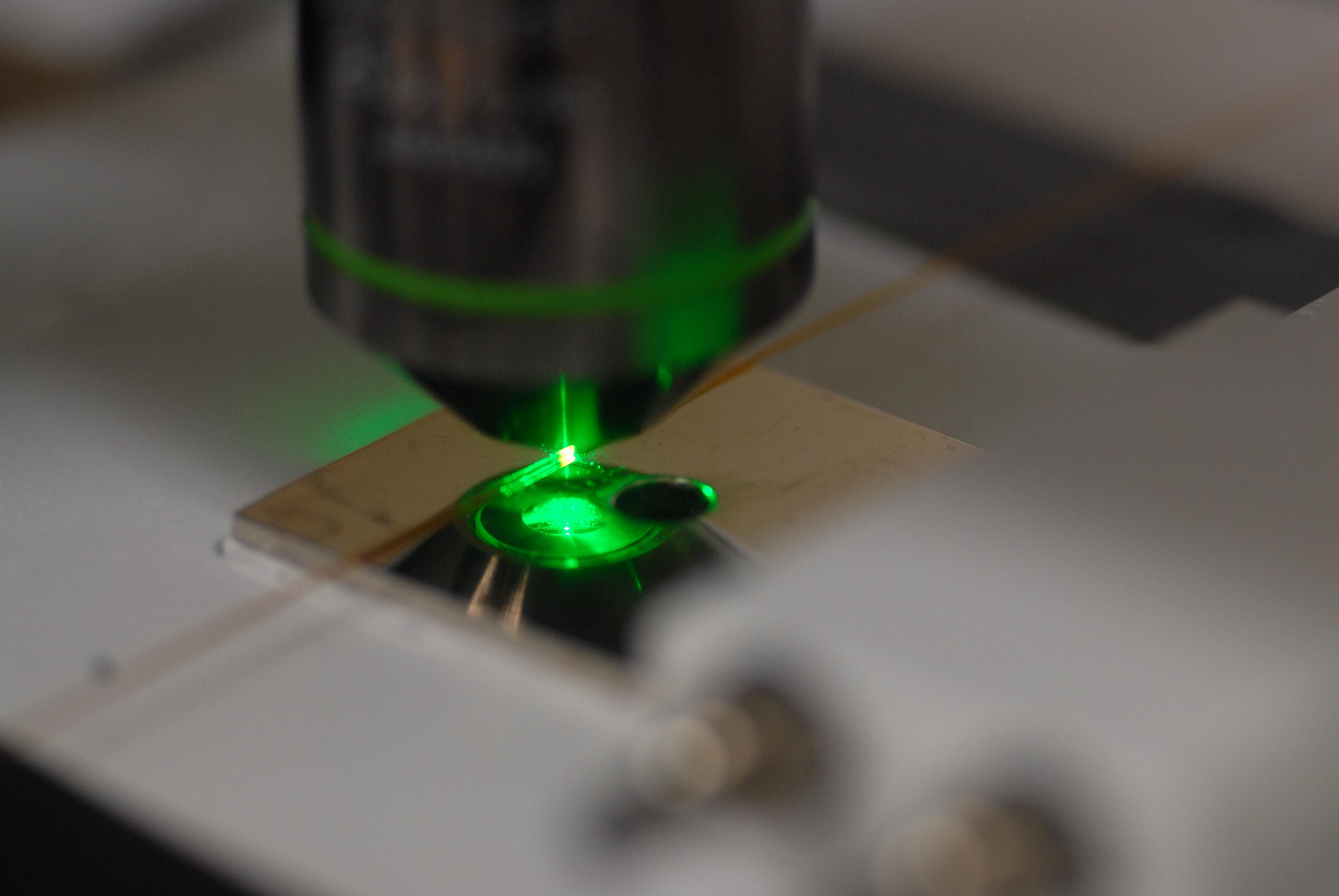
Silica capillary coated with PNIPAM under a fluorescence microscope, and placed on a thermoelectric Peltier module to control the temperature of the polymer.
I still consider myself a scientist and engineer. I continue to learn and work in interdisciplinary contexts across scientific fields, and I also write software in various coding languages when needed.
Playfulness & Creativity
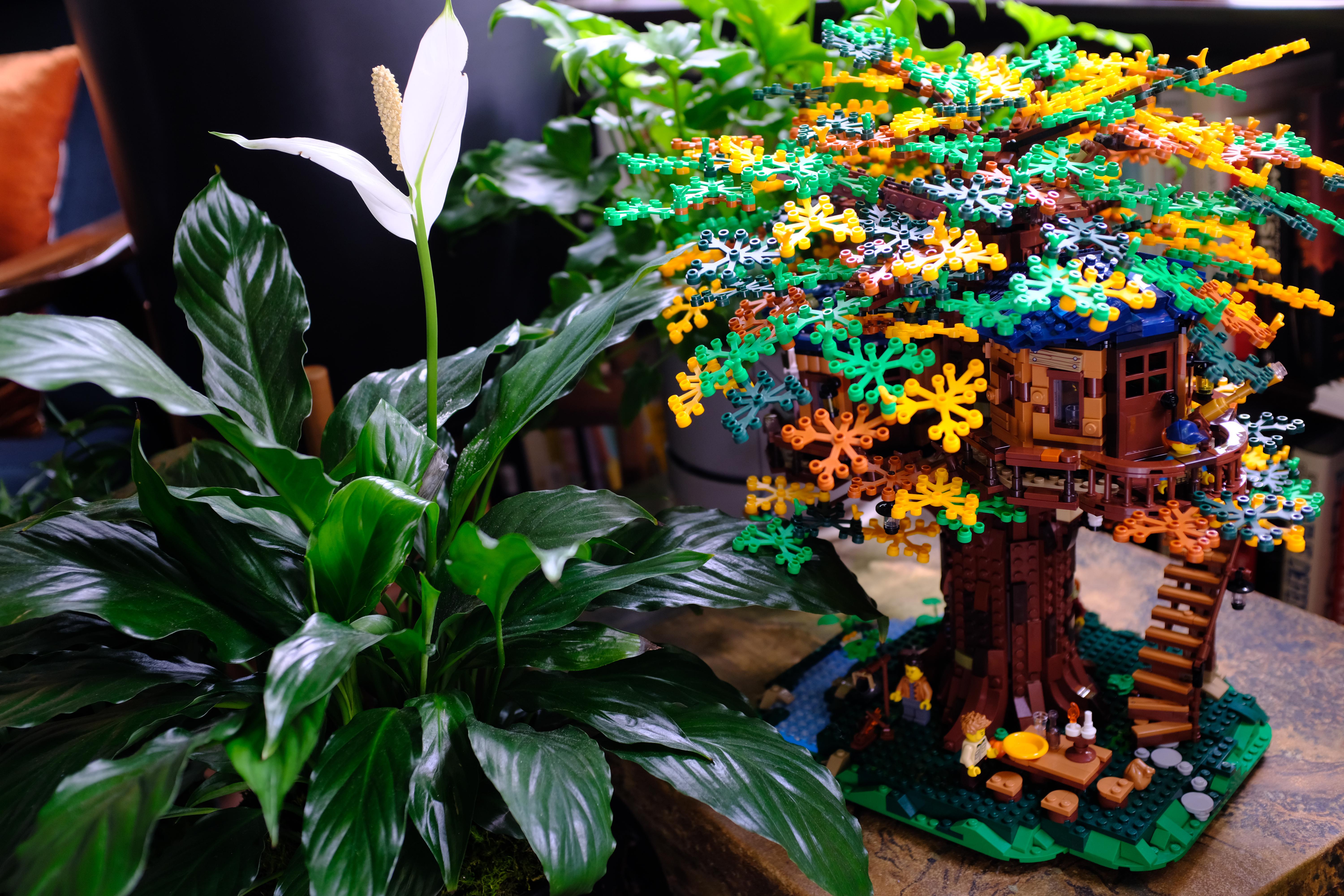
Over the years, I’ve dabbled in archery, ballet, martial arts, stage acting, fencing, ballroom dancing, playwriting, photography, and singing. These days, I enjoy powerlifting, reading, hiking, writing, learning new languages, and discovering new places and new cultures.
I like to do things with my hands and move my body around. Whether it’s building things, folding paper, hiking, tending to plants, lifting heavy weights, doing pirouettes, belting out songs, or kneading bread, it provides an escape from intellectual work and intense thinking.
I like to let my mind wander; it’s often when I focus on my body and let my brain work out problems subconsciously that epiphanies happen.[5] Playfulness and fun are great sources of inspiration and creativity.
